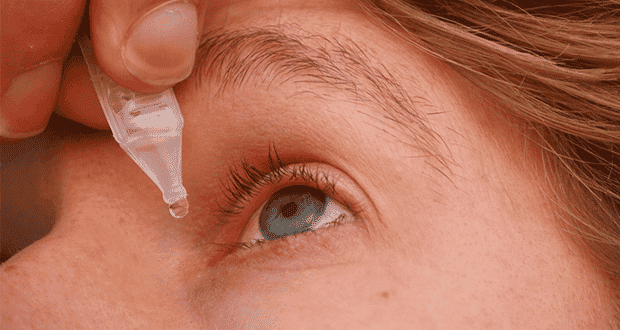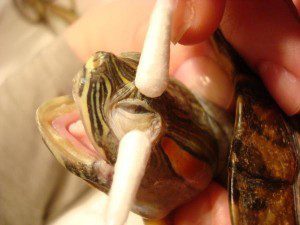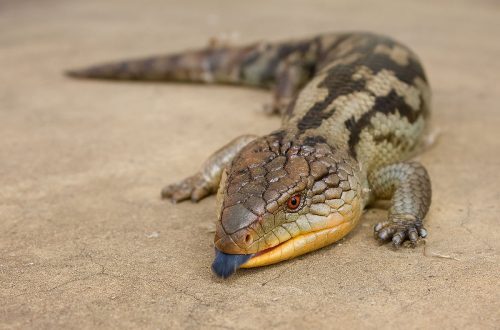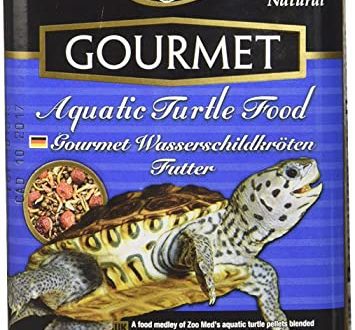
Instillation into the eyes and nose


When should you wash your eyes?
- For prevention (slight redness, swelling of the eyelid, itching);
- Before using drugs;
- If irritating substances get into the eyes, especially dust, pieces of wood filler, shavings, straw, hay;
- NOT FOR TREATMENT!
How to wash your eyes?
Step 0. Prepare inventory. Select and prepare an eyewash solution from the list below. Prepare sterile gauze pads or clean cotton pads.
Step 1. Catch and fix the beast. First, draw out the head, grab it tightly and do not let go. To do this, any reptile must be held with two fingers under the lower jaw.
Step 2. Wash your hands thoroughly with soap!
Step 3. Open the eyelid.
To do this, with the second free hand, and specifically with a fingernail or a flat, not sharp object, move the lower movable eyelid down. REMEMBER: dripping, rinsing a closed eye is pointless!
Step 4. Rinse eyes. It is more convenient to wash the eye, or rather the cornea and conjunctiva, from a sterile syringe with the needle removed, or a napkin soaked in plenty of solution. Draw up a wash solution. The solution is best applied under the eyelid, in which case it will wash the entire surface of the cornea and the conjunctival sac. When using a richly moistened wipe, the latter may gently wipe the conjunctiva. If during washing you notice foreign indelible particles lying on the surface of the eye or in the folds, do not touch them and do not try to remove them yourself, immediately run to the doctor!
Step 5. Complete the procedure. Release the beast, if you have not forgotten about the second eye.
If you decide on your own to prescribe antibiotic-containing eye preparations (and especially potent drugs from the groups of cephalosporins, macrolides, aminoglycosides), it is better to abandon this idea and call your veterinarian herpetologist.
In the case when eye drops are prescribed by a doctor, instillation is carried out according to the same principle as washing. Use a cleanly washed pipette or syringe (when a special dropper is not attached to the bottle), instill 1-2 drops.
Eye ointments (eg 1% tetracycline eye ointment) are applied in a similar manner. The ointment is placed behind the lower eyelid by 0-5 cm, into a neatly opened eye.
After applying any drug (drops, gels, ointments), it is necessary to gently close the eyelids and lightly massage the eye to allow the drug to evenly distribute over the surface of the cornea and conjunctival sac.
It is important to maintain the time interval between eye procedures. It is possible to apply something to the eyes after washing after 5-10 minutes, and the interval between drugs should be at least 15 minutes.
What solutions to wash the eyes?
• Physiological, 0% sodium chloride solution, sterile; • Chlorhexidine 0% (it is possible to independently prepare from a 01% solution of chlorhexidine, for this 0 ml (05% solution) must be drawn into a 4 ml syringe and diluted to 0 ml with saline sodium chloride solution); • Potassium permanganate solution 1:5000 (it’s slightly pink); • Decoction of chamomile (Break 1 sachet of dry chamomile in a glass of boiling water, or 1 tablespoon of loose chamomile flowers pour 200 ml of boiling water. Cool before use!). • Sleepy tea (that is, one that has remained unfinished since yesterday evening); • Water running ordinary – from the tap, better boiled – from the kettle;
All solutions are best used slightly warm, or at room temperature.
(Material prepared with the help of Zoovet Veterinary Center)
With severe swelling or adhesion of the eyelids, it is difficult to determine their boundaries. The incision between the eyelids is usually at the level of the upper third, and the lower eyelid is mobile. A thin pipette or syringe with a blunt needle is inserted from the side of the muzzle parallel to the incision of the eyelids. With the tip of the needle, it is necessary to slightly move the lower eyelid and inject the drug. To make it easier – you need to learn how to carefully fix your head – this is the main key to success. When the turtle resists, the eyelids swell and it is enough just to attach the needle in the catheter in parallel to the incision of the eyelids, pull the lower eyelid down and push the piston. The tip of the syringe can be blunted with sandpaper or a nail file.
For instillation into the nose or eyes, it is convenient to use a catheter (for example, a g22 venous catheter). It is necessary to pull out the needle and use the remaining thin silicone tube as a syringe nozzle.
© 2005 — 2022 Turtles.ru





